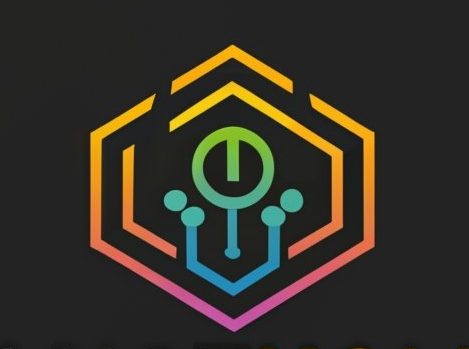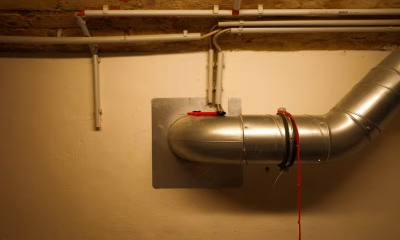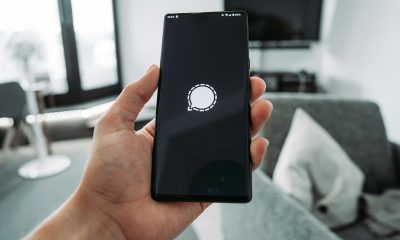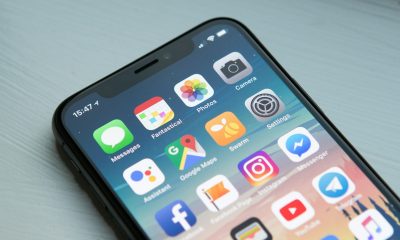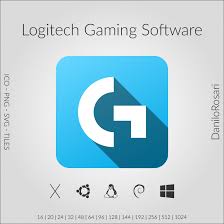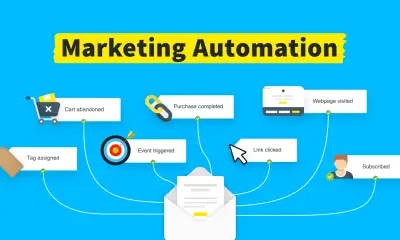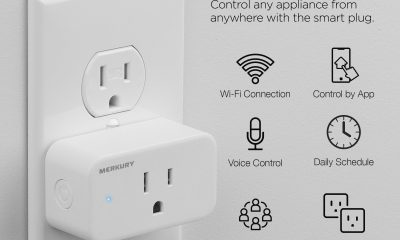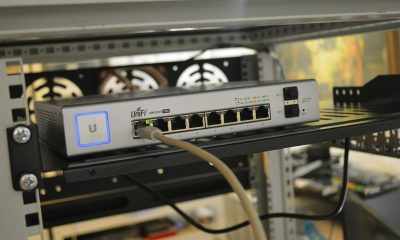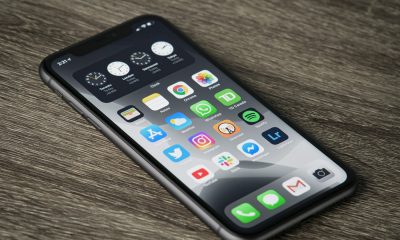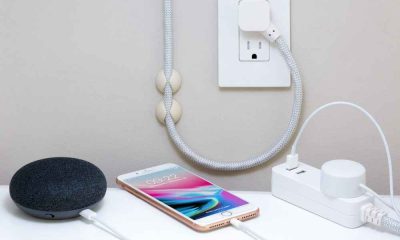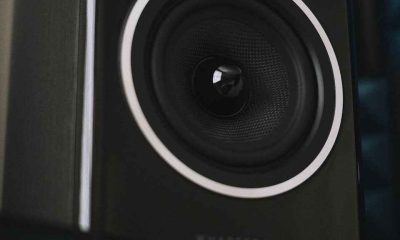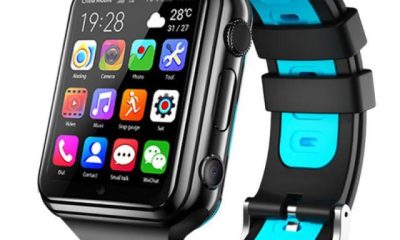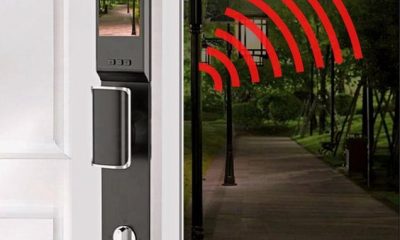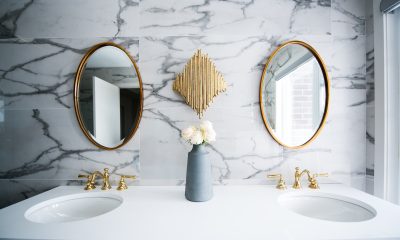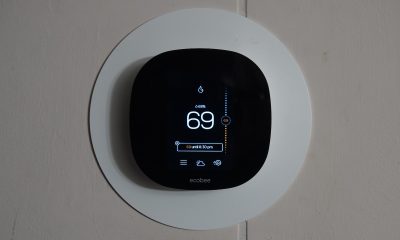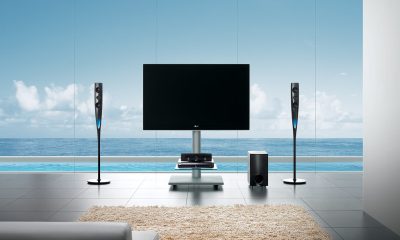Guides
Snapchat Planets: How the Friend Solar System Works in 2025
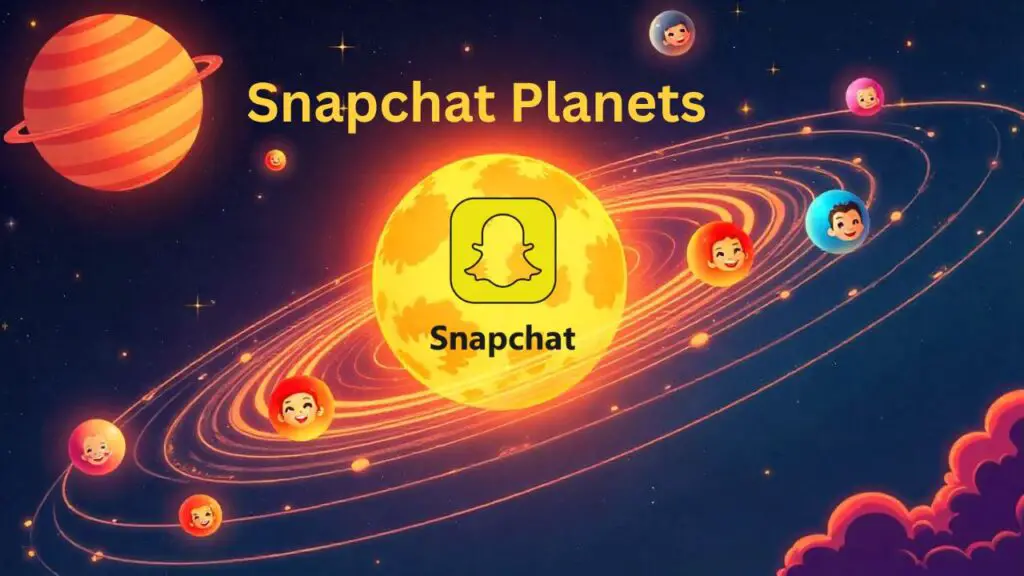
Introduction
If you’ve opened Snapchat and noticed colorful planets orbiting around your profile or a friend’s, you’ve come across one of the app’s most creative features—Snapchat Planets, also called the Friend Solar System. This premium feature, available through Snapchat+, transforms your closest friends into planets revolving around you as the “Sun.” Each planet—from Mercury to Neptune—represents a ranking in your friend list, based on how often you interact.
More than just a visual gimmick, Snapchat Planets offers insight into your digital relationships. It shows who you snap, chat, and share stories with most often, giving your connections a cosmic twist. But while many users love the fun, others feel anxious about where they land in someone else’s solar system.
In this guide, we’ll break down exactly what Snapchat Planets are, what each planet means, how the rankings are determined, how to activate the feature, and tips for using it wisely.
What Are Snapchat Planets?
Snapchat Planets is a social visualization tool included in Snapchat+. Instead of a simple “best friends” list, the app creates a solar system where you are the Sun, and your top 8 friends become planets orbiting around you.
The idea is simple:
-
The closer the planet, the stronger the connection.
-
The farther away the planet, the less frequent the interaction.
It adds a playful, gamified way to understand your most active Snapchat friendships. For example, if someone is your Mercury, it means they’re the person you interact with the most. If someone is your Neptune, they’re still in your top 8, but on the edge of your orbit.
This feature is private and optional. Only Snapchat+ subscribers who enable it can see their planets and discover which planet they are in a friend’s system.
Snapchat Planets Order & Meaning
The Snapchat Solar System mirrors the real planets in space. Here’s the ranking and what each position says about your relationship:
1. Mercury – Closest Friend
-
Rank: #1 Best Friend
-
Meaning: You interact with this person the most. They’re your top snapper, and you are theirs.
-
Visuals: Bright red planet, often surrounded by hearts.
2. Venus – Very Close Friend
-
Rank: #2 Best Friend
-
Meaning: You exchange snaps and chats very frequently, but not quite as much as your Mercury.
-
Visuals: Yellow-brown planet with hearts and sparkles.
3. Earth – Reliable Friend
-
Rank: #3 Best Friend
-
Meaning: A solid friendship with consistent interaction. You chat often, and the bond feels stable.
-
Visuals: Earth-like planet with stars and a small moon.
4. Mars – Active Friend
-
Rank: #4 Best Friend
-
Meaning: Strong interaction but not among the absolute closest. Usually includes snaps, streaks, and reactions.
-
Visuals: Red planet with stars and heart emojis.
5. Jupiter – Friendly but Casual
-
Rank: #5 Best Friend
-
Meaning: Occasional but meaningful interaction. You chat and snap regularly but not as often as top-ranked friends.
-
Visuals: Large orange planet with stripes.
6. Saturn – Casual Interaction
-
Rank: #6 Best Friend
-
Meaning: You stay in touch, but not as frequently as others. A steady but lower-ranked bond.
-
Visuals: Orange planet with a signature ring.
7. Uranus – Weak Interaction
-
Rank: #7 Best Friend
-
Meaning: You rarely exchange snaps or messages. This friendship may be less active or declining.
-
Visuals: Green planet with minimal decoration.
8. Neptune – Distant Friend
-
Rank: #8 Best Friend
-
Meaning: Still within your top 8, but the weakest connection in terms of activity.
-
Visuals: Blue planet with a few stars.
How Snapchat Determines Planet Rankings
Snapchat uses an interaction algorithm to assign friends to planets. While the exact formula is secret, it typically considers:
-
Snaps sent and received
-
Frequency of chats
-
Snap streaks and consistency
-
Story interactions (views, replies, reactions)
-
Engagement over time
Your closest contacts—the people you interact with most—are pulled toward you like planets orbiting the Sun. If your activity changes, your rankings can shift. Someone who was your Venus last month could become your Mars or Jupiter if you stop snapping as often.
How to Activate Snapchat Planets
Since this feature is part of Snapchat+, it isn’t enabled by default. Here’s how to turn it on:
-
Subscribe to Snapchat+.
Go to your profile and choose the Snapchat+ subscription plan. -
Enable Friend Solar System.
-
Open your profile.
-
Tap Snapchat+ settings.
-
Toggle on Solar System.
-
-
Check your Solar System.
Once activated, you’ll see your top 8 friends orbiting around you as planets. -
View your planet in someone else’s system.
-
Open their profile.
-
If you see a “Best Friends” or “Friends” badge, tap it.
-
Your planet ranking will be revealed if you’re in their top 8.
-
Pros of Snapchat Planets
-
Fun & Visual: Turns your friend list into a playful solar system.
-
Motivates Interaction: Encourages you to snap and chat more often.
-
Insightful: Offers a quick view of who your most engaged connections are.
-
Customizable: You can choose to turn it on or off.
Criticisms & Concerns
-
Comparison Anxiety: Seeing yourself on a “distant planet” can make some users feel insecure.
-
One-Sided Friendships: You might be someone’s Mercury while they are your Jupiter, which can create confusion.
-
Not Always Accurate: Real-life closeness isn’t the same as digital interactions.
-
Privacy Pressure: Some users worry that rankings reveal too much about their social habits.
To address concerns, Snapchat made this feature optional. It’s now opt-in, so you only see it if you want to.
Tips for Using Snapchat Planets Wisely
-
Don’t overthink rankings. They only reflect Snapchat activity, not true friendship.
-
Use it for fun. Treat it like a game or visual curiosity, not a measure of self-worth.
-
Communicate. If someone feels hurt by a ranking, explain how the system works.
-
Turn it off if stressful. If it causes anxiety, simply disable the feature.
Read More: Arts Thunderonthegulf Crafts: Celebrating Coastal Creativity
Conclusion
Snapchat Planets, or the Friend Solar System, is one of the app’s most creative features, giving friendships a cosmic twist. By turning your closest friends into planets orbiting around you, Snapchat makes digital relationships more visual and interactive. From Mercury (your #1 best friend) to Neptune (your #8), the ranking reflects how often you exchange snaps, chats, and other forms of engagement.
While the feature is fun and insightful, it’s important to remember that it only measures activity on the app. True friendship runs deeper than digital interactions. For some, seeing where they stand in a friend’s system is exciting, but for others it can trigger unnecessary comparison or worry.
Ultimately, Snapchat Planets should be enjoyed as a playful feature, not a friendship scoreboard. Use it for entertainment, stay mindful of its impact, and remember—relationships in real life are bigger than any solar system.
FAQs
1. How do I see what planet I am in someone’s Snapchat Solar System?
Go to their profile and tap the “Best Friends” or “Friends” badge. If you’re in their top 8, you’ll see your planet.
2. Can I check my own Snapchat Solar System?
Yes. If you have Snapchat+ and enable the Solar System feature, you’ll see your top 8 friends orbiting around you.
3. What is the order of Snapchat planets?
The order is Mercury, Venus, Earth, Mars, Jupiter, Saturn, Uranus, and Neptune—ranking from closest to most distant friend.
4. Do Snapchat Planets change?
Yes. Your ranking depends on recent interaction. If you snap less with someone, they can move farther away in your orbit.
5. Is Snapchat Planets free?
No. It’s part of Snapchat+, the app’s premium subscription service.
-
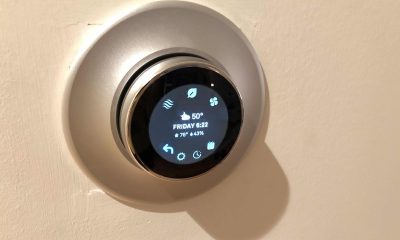
 Gadgets3 years ago
Gadgets3 years agoDoes Nest Thermostats Contain Cameras Or Microphones? Is It Safe For you?
-
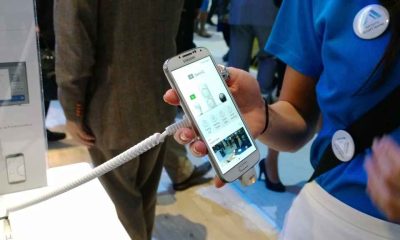
 Guides1 year ago
Guides1 year ago10 Best Apps To Control All Your Smart Home Devices.
-
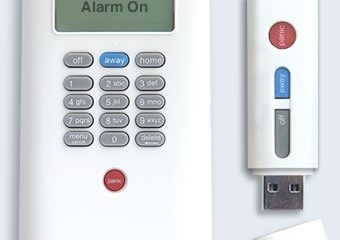
 Gadgets3 years ago
Gadgets3 years agoWhat Is The Purpose Of Red Button On The SimpliSafe Keypad?
-
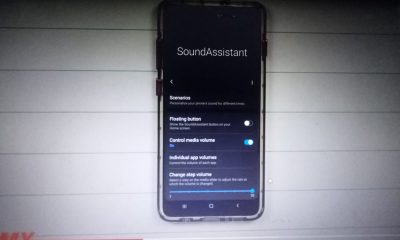
 Gadgets2 years ago
Gadgets2 years agoComplete Guide About Equalizer settings for Samsung-Soundbar
-
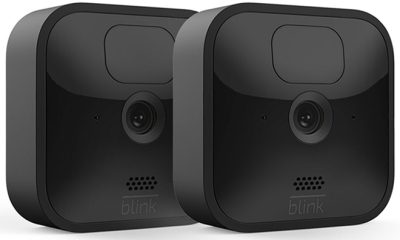
 Accessories2 years ago
Accessories2 years agoBlink Camera’s Temperature Sensor Settings, and More
-
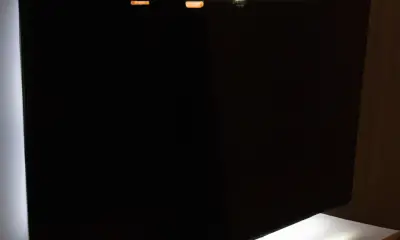
 Solutions3 years ago
Solutions3 years agoWhy is My Samsung TV Picture So Dark? Exploring the Possible Causes
-
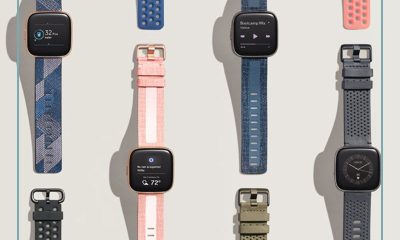
 Gadgets3 years ago
Gadgets3 years agoFitbit Symbols Meaning: What Do The Fitbit Icons Mean?
-

 Accessories2 years ago
Accessories2 years agoCan Siri Control Samsung Televisions And Are Samsung TVs Homekit Compliant?
